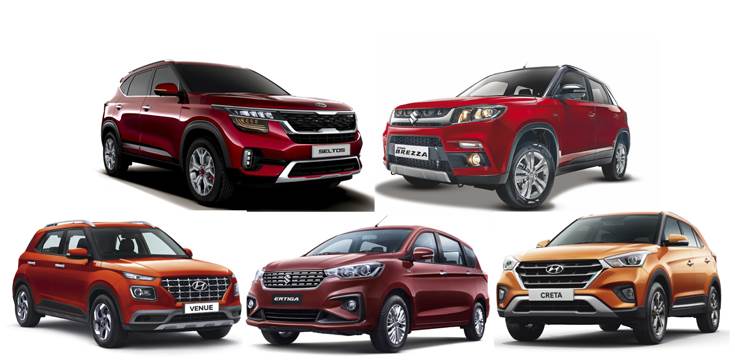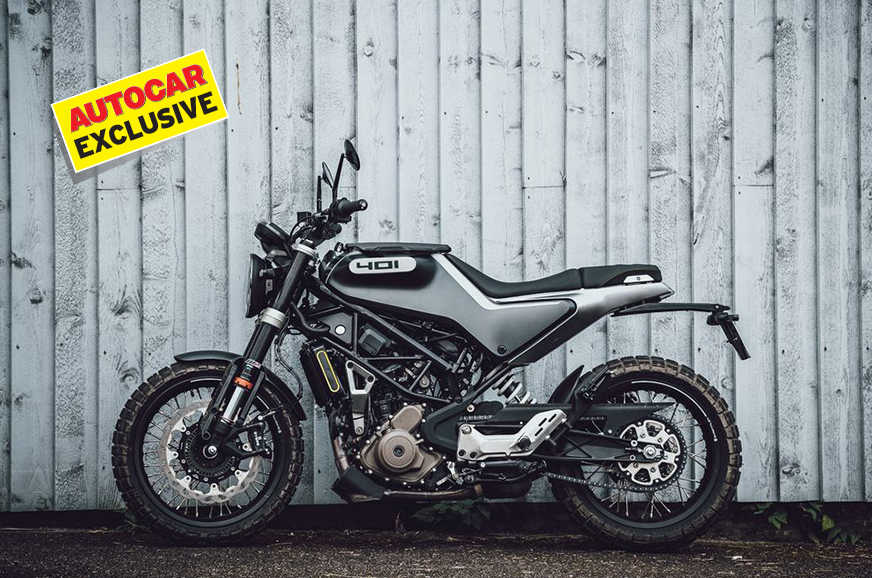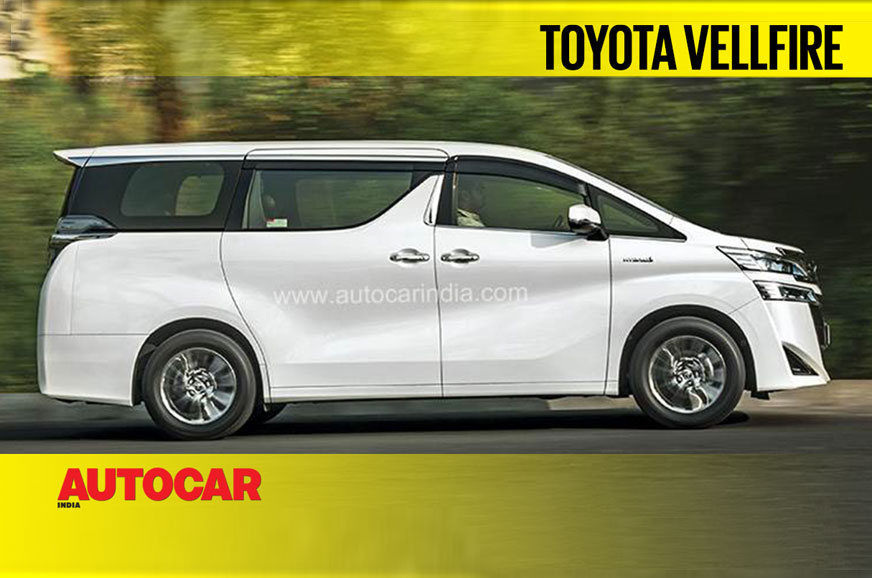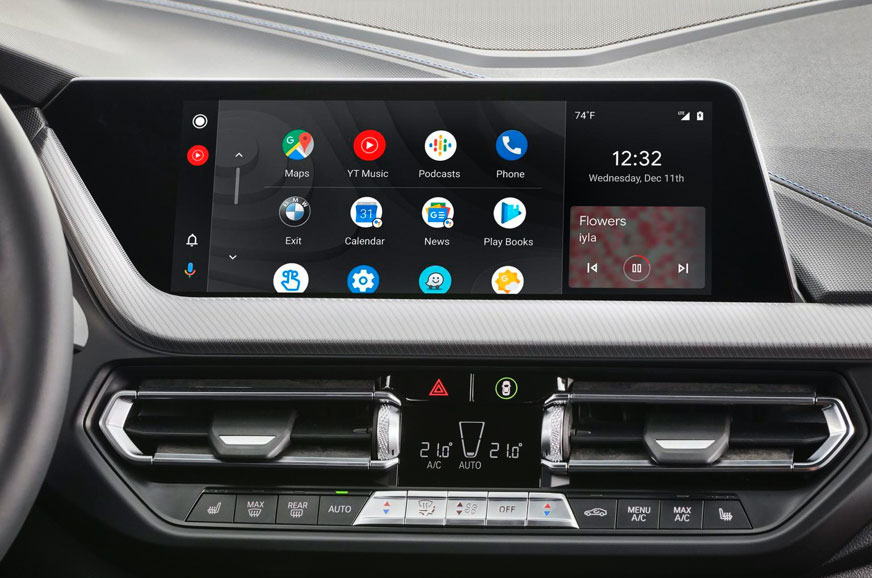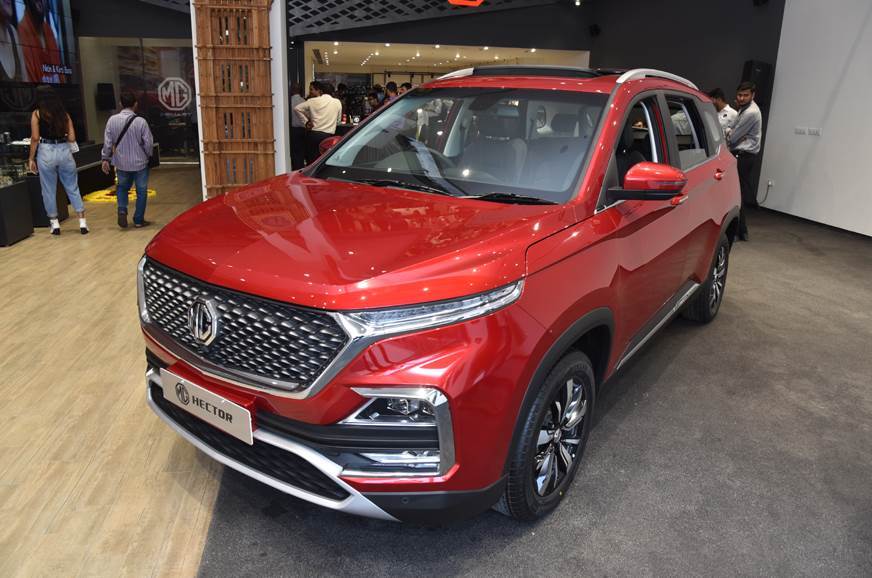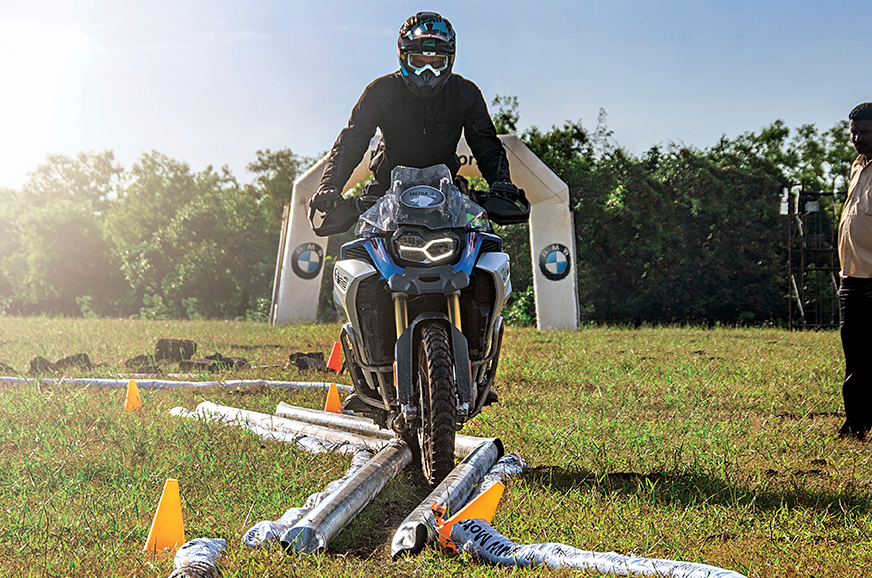
The GS Trophy is a special event that’s organised every two years by BMW Motorrad in some exotic location on the planet. Strictly speaking, it is not a race, but a gruelling test of the participants’ skill, fitness and morale, as the event spans thousands of kilometres through challenging terrain. The last GS Trophy was held over eight days through Mongolia and the 2020 edition will take place in New Zealand in February 2020. Teams are selected at a national level and each country puts forward its best three riders. The Qualifier round you’re reading about was held to select the top three riders from India.
It’s quite a sight to witness 85 big GS motorcycles lined up in one location, which is quite probably the biggest gathering of these machines in the country, to date. This is the second instance of India fielding a team at the GS Trophy and the number of participants has doubled this time around. The skill level is now noticeably higher as well, thanks to BMW’s efforts like the GS Experience off-road schools as well as the number of long and challenging adventures that more and more GS owners are setting out on.
Welcome to the jungle
The first sign of things to come was at the pre-event briefing ceremony at the swanky South Goa beach resort where BMW put up all the participants. I don’t suppose the organisers saw this coming when they asked South African guest marshal and GS Trophy veteran, Marchant Maasdorp, the customary request of giving a few words. “I want to be clear, BMW Motorrad India is spoiling the lot of you. You won’t have your fancy hotel rooms and welcome chocolate platters waiting for you at New Zealand. Get ready for nights of sleeping in tents, shared toilets in the wilderness and going for days without a shower – that is what the GS Trophy is about!” he said.
In comparison, the Qualifiers in Goa were far more luxurious, but by no means were they a walk in the park. For the first day’s activities, the Motorrad marshals set up an obstacle course that was less than a kilometre long – which doesn’t sound like much, but speed and timing were of no consequence here. Instead, the obstacles laid out were designed to be slow and technical. The idea was to make as few mistakes as possible. Points were awarded every time you dabbed a foot on the ground, exceeded the course limits with one tyre or dropped your bike. If both tyres exceeded the course limits, that particular obstacle was considered void and you move on to the next one in the course. At the end of it, lower points meant a better score – sort of like golf.
Slow and steady
The course for the first day looked daunting as we walked through it to get familiarised. It was set on a large flat ground, with wet and slushy grass sitting just a few centimetres above hard rock. Rain from the previous night made grip a precious commodity, and that made some of the challenges look outright scary. The course began with a right turn through some slush before you enter what’s called the rock garden – a long stretch of boulders through which you have to carefully thread a line with the bike. Nudge one of those rocks, and you’re going down. The most daunting of tasks to me was the one that came after you cleared the rock garden. This one was called the elephant turn, and you have to ride into a box marked with cones, at which point you then have to turn 180 degrees and carry on to the next task. Sounds easy, but the box is much tighter than the turning radius on these massive machines. You’re allowed just one leg dab here, so the only way to do this is to put your leg down, lean the bike as low as you can and spin it around with the clutch and throttle. I simply did not have the skill to do this on a 250kg machine, so after one feeble attempt that didn’t do very much, I simply rode straight out and forfeited the challenge.
The next series of tasks were all designed to test your low-speed skills. A very tight slalom course was followed by having to turn three circles clockwise within a marked space before immediately switching over to making three anti-clockwise circles. These circles were so small that the handlebar was pretty much on full lock, and remember, you can’t get your feet down!
The circles were followed by a few more tasks that continued to test your sense of balance and control before the long run to the end. For the finish, BMW wanted us to come in at speed and come to a halt in a marked space that wasn’t much longer than the bike itself. The stand had to come down at a particular point in this space as well and to make things extra interesting, BMW wanted the bike to be in 2nd gear with rear tyre to be locked and skidding as you slowed to a halt. The front brake was crucial here to control the braking distance and a lot of riders overshot and many fell too. All my years of performance and brake testing motorcycles definitely helped me pull this one off!
Let’s get serious
Day 1 seemed quite intense and a big percentage of the riders fell at least once, if not more. But this was just the warm up and it was simply to let Motorrad select the top 20 participants for Day 2. While the participants rode their own bikes on the first day, they had to get on the 850 GS for the next set of challenges. But before the riding began, teams of three were formed and we were given a couple of off-bike challenges to complete against the clock. The GS Trophy is full of things like this, which are designed to test the limits of stamina and morale. After a couple of hours of pushing motorcycles up mud hills and throwing tyres as high as we could, it was finally time to ride.
All my confidence from completing the previous day’s challenges with minimal dabs and no falls disappeared the moment I walked the new course. This one was longer and much harder. All the low-speed manoeuvres were tight to the point that they seemed nearly impossible, the elephant turn now had to be done in a deep pit of gravel and we now had a new section of dense foliage that had to be ridden through. In some stretches, the trees were only as widely spaced as the handlebar and in others we had to traverse steep turns and uneven mounds of mud, with only one very narrow path to follow. There was also the tricky challenge of riding through the narrowly spaced pipes and the notorious coffee grinder (see image), but first we had to cross the new and improved rock garden.
There was a clear path though on Day 1, but this was no longer the case. And just to mess with our heads, the path never remained the same – the rocks changed place every time a bike hit one and they weren’t repositioned after. I was the last bike out on the course, and I very nearly got through it cleanly like the day before; but the front wheel lightly nudged a rock and down I went. Annoyed at my first fall, I quickly picked the bike up, calmed myself down and focused on getting the rest done as best as I could.
I made it through the rest of the course fairly well, having forfeited only the elephant turn and the coffee grinder after failing halfway through. Being the last rider on the course, I got to watch all the other participants ride, and it was really great to see how skilled some of these guys are. Many were beautifully smooth and confident, and some even began training for the qualifier for months in advance. The passion shows and the top three selected riders are fully deserving of the role of representing team India in 2020. This is just the start of all the excitement!
from Autocar India https://ift.tt/2thIy28
via IFTTT
